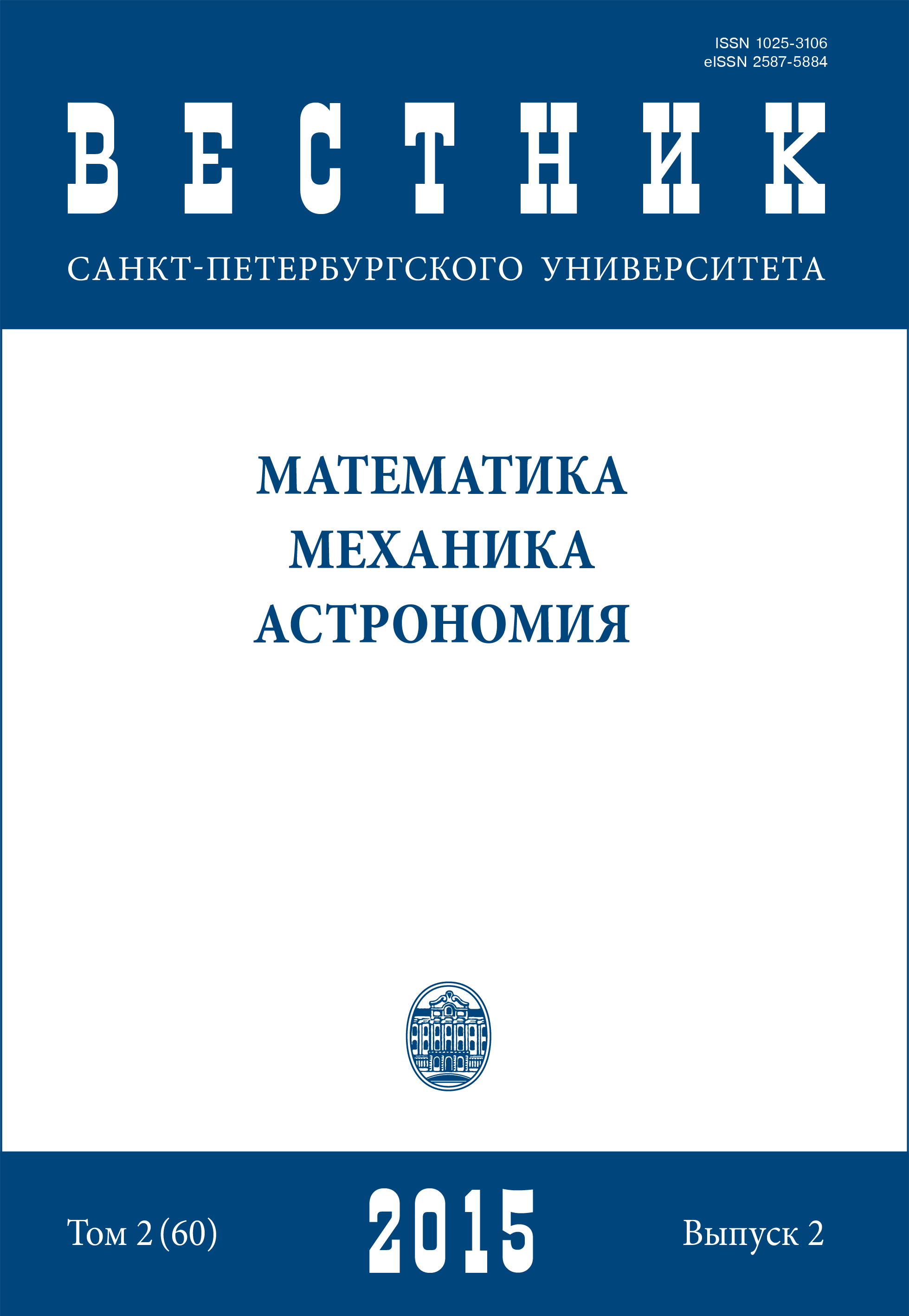Limits of applicability of the Treanor-Marrone model for N2 and O2 state-to-state dissociation rate coefficients
Abstract
Modern scientific and technology challenges reveal the necessity for studying strongly non-equilibrium flows. For the modelling of non-equilibrium chemical-vibrational kinetics, data on the dissociation rate coefficients are required. Several types of models for dissociation rates exist in the literature: theoretical, experimental models swell of those based on the quantum chemistry methods. The seapproaches differby computational complexity and accuracy of the results. The present paper is devoted to the improvement of the state-to-state dissociation rate coefficients. We study behavior of the dissociation rate coefficientsin binary mixtures(N_2, N) and(O_2,O). A comparison of two main approaches to determine the dissociation rate coefficients is carried out: the semi-empirical theoretical Treanor - Marrone model and trajectory calculations based on the quantum chemistry methods. While the theoretical model provides sufficient computational simplicity the methods of quantum chemistry give more accurate results. Based on the comparison of dissociation rate coefficients obtained by different approaches, we study the existence of the Treanor-Marrone model parameter, yielding there sultsequivalentto the results of trajectory calculations. Recommendations for the optimal choice of the parameter are given. Refs 14. Figs 6.Keywords:
non-equilibrium vibrational and chemical kinetics, state-to-state, dissociation rate coefficients
Downloads
Downloads
Published
How to Cite
Issue
Section
License
Articles of "Vestnik of Saint Petersburg University. Mathematics. Mechanics. Astronomy" are open access distributed under the terms of the License Agreement with Saint Petersburg State University, which permits to the authors unrestricted distribution and self-archiving free of charge.




